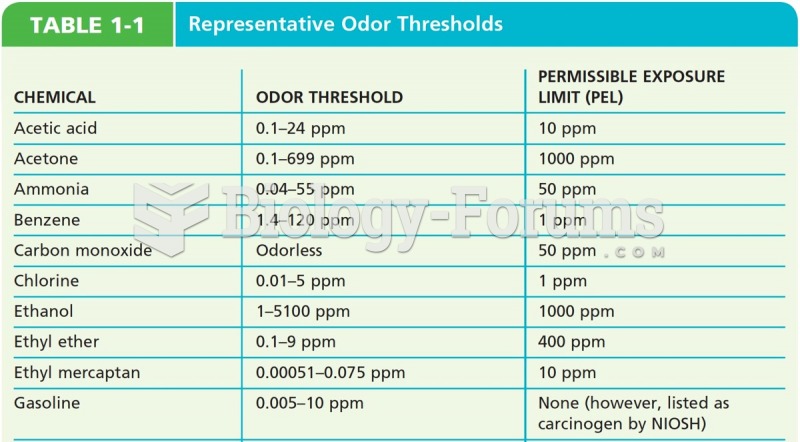Answer to Question 1
Some companies become deeply involved in the export of their products. Direct exporting occurs when a company sells its products directly to buyers in a target market. Direct exporters operate in many industries, including aircraft, industrial equipment, apparel, and bottled beverages. Direct exporters need not sell directly to end users. Rather, they take full responsibility for getting their goods into the target market by selling directly to local buyers and not going through intermediary companies. Typically, they rely on either local sales representatives or distributors.
Sales Representatives-A sales representative (whether an individual or an organization) represents only its own company's products, not those of other companies. Sales representatives promote those products in many ways, such as by attending trade fairs and making personal visits to local retailers and wholesalers. They do not take title to the merchandise. Rather, they are hired by a company and normally are compensated with a fixed salary plus commissions based on the value of their sales.
Distributors-Alternatively, a direct exporter can sell in the target market through distributors, who take ownership of the merchandise when it enters their country. As owners of the products, they accept all the risks associated with generating local sales. They sell either to retailers and wholesalers or to end users through their own channels of distribution. Typically, they earn a profit equal to the difference between the price they pay and the price they receive for the exporter's goods. Although using a distributor reduces an exporter's risk, it also weakens an exporter's control over the price buyers are charged. A distributor who charges very high prices can stunt the growth of an exporter's market share. Exporters should choose, if possible, distributors who are willing to invest in the promotion of their products and who do not sell directly competing products.
Export/import financing in which an exporter ships merchandise and later bills the importer for its value is called open account. Because some receivables may not be collected, exporters should reserve shipping on open account only for their most trusted customers. This payment method is often used when the parties are very familiar with each other or for sales between two subsidiaries within an international company. The exporter simply invoices the importer (as in many domestic transactions), stating the amount and date due. This method reduces the risk of nonshipment faced by the importer under the advance payment method. By the same token, the open account method increases the risk of nonpayment for the exporter. Thus, open account is the least favorable for exporters but the most favorable for importers.
Answer to Question 2
Companies generally begin exporting for three main reasons.
1. Expand sales-Most large companies use exporting as a means of expanding total sales when the domestic market has become saturated. By going international, they tend to achieve economies of scale.
2. Diversify sales-Companies can offset slow sales in one national market with increased sales in another.
3. Gain experience-Companies often use exporting as a low-cost, low-risk way of getting started in international business.
Companies are often drawn into exporting when customers in other countries solicit their goods. In this way, companies become aware of their products' international potential and get their first taste of international business. Yet a company should not fall into the habit of simply responding to random international requests for its products. A more logical approach is to research and analyze international opportunities and to develop a coherent export strategy. A business with such a strategy actively pursues export markets rather than sitting back and waiting for international orders to come in.
Step 1: Identify a potential market-To identify whether demand exists in a particular target market, a company should perform market research and interpret the results. Novice exporters should focus on one or only a few markets. For example, a first-time Brazilian exporter might not want to export simultaneously to Argentina, Britain, and Greece. A better strategy would likely be to focus on Argentina because of its cultural similarities with Brazil (despite having a different, though related, language). The company could then expand into more diverse markets after it gains initial international experience in a nearby country. The would-be exporter should also seek expert advice on the regulations and general process of exporting and any special issues related to a selected target market.
Step 2: Match needs to abilities-The next step is to determine whether the company is capable of satisfying the needs of the market.
Step 3: Initiate Meetings-Holding meetings early with potential local distributors, buyers, and others is a must. Initial contact should focus on building trust and developing a cooperative climate among all parties. The cultural differences between the parties will come into play already at this stage. Beyond building trust, successive meetings are designed to estimate the potential success of any agreement if interest is shown on both sides. At the most advanced stage, negotiations take place and details of agreements are finalized.
Step 4: Commit resources-After all the meetings, negotiations, and contract signings, it is time to put the company's human, financial, and physical resources to work. First, the objectives of the export program must be clearly stated and should extend out at least three to five years. For small firms, it may be sufficient to assign one individual the responsibility for drawing up objectives and estimating resources. Yet as companies expand their activities to include more products and/or markets, many firms discover the need for an export department or division. The head of this department usually has the responsibility (and authority) to formulate, implement, and evaluate the company's export strategy.







